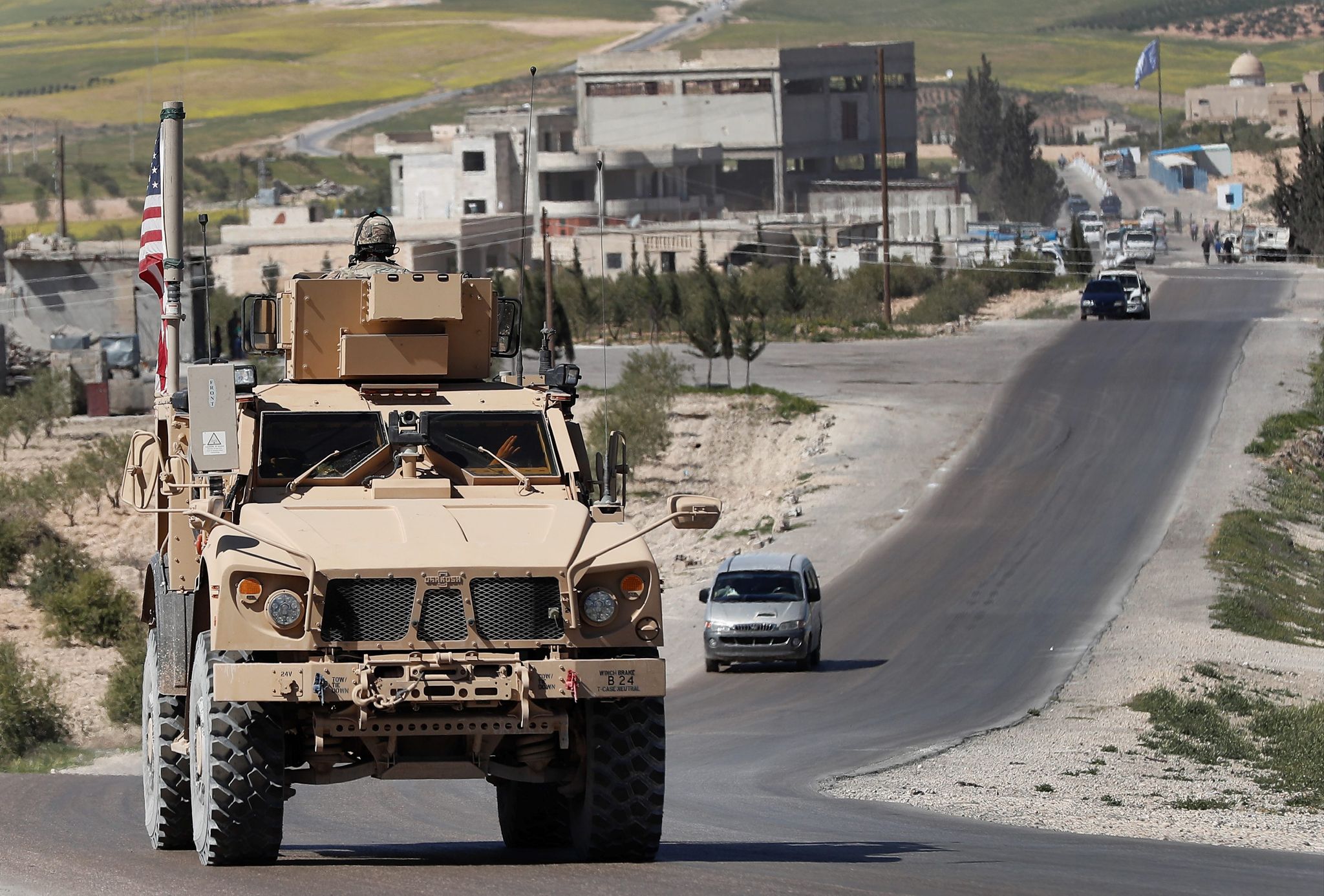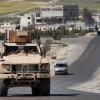
Fully defeating the Islamic State and rooting out sleeper cells that have spread across the Middle East and Africa could take years, the Defense Department’s inspector general said
The Islamic State may have lost the vast majority of physical territory it once held in Syria and Iraq, but fully defeating the terrorist group and rooting out sleeper cells that have spread across the Middle East and Africa could take years, the Defense Department’s inspector general said in a sweeping and at times critical review Monday that suggests final victory remains distant.
The report said that a “reduced, covert version” of the Islamic State — also known as ISIS — maintains a presence not just in Iraq and Syria but also in Afghanistan, Libya, Somalia and Yemen. Islamic State, the report concluded, has evolved “from a land-holding terrorist entity to an insurgency” that operates numerous clandestine cells around the world.
At a time when the Trump administration has sent mixed signals about the commitment of U.S. troops to the fights, “clearing terrorists from remote and largely ungoverned terrain is a low and difficult process, and eliminating ISIS from rural Iraq and Syria could take years,” the report says.
The Pentagon in recent months has put forward two separate narratives in describing the fight against Islamic State, which began in 2014 under President Obama. When the U.S.-led international operation began, Islamic State held vast swaths of territory across Iraq and Syria, controlled a “capital city” in Raqqa, Syria, and boasted a sizable fighting force.
Defense Department officials say Islamic State now has been “territorially defeated” and has lost nearly all of the land it once used as a base of operations.
But officials also have said that the transformation of the Islamic State into an underground terrorist group presents challenges of its own. The inspector general described the recapture of Islamic State-held territory — the result of a relentless U.S.-led bombing campaign and ground operations inside Iraq and Syria — as just one phase of the mission.
“There are significant challenges to developing capable and self-sufficient security forces in Iraq and Syria, and questions remain about the length of time it will take to train forces capable of preventing an ISIS resurgence,” the report says. “There are also significant challenges to U.S. efforts to address non-military issues, such as the promotion of democratic governance and civil society and the stabilization of liberated areas. These issues can also affect the ability of security forces to defeat Islamic State. Ongoing political uncertainty in Iraq and civil war in Syria also complicate efforts to confront an ISIS insurgency.”
In Iraq specifically, deep-rooted issues with the Iraqi Security Forces make it difficult to eradicate the pockets of Islamic State fighters that remain across the country, and will likely require a long-term Pentagon commitment. Islamic State fighters driven from Syria are increasingly finding sanctuary across the border in Iraq, the inspector general’s report said.
“The ISF continues to suffer from poor management of intelligence; corruption and … overlapping command arrangements with conflicting chains of command; micromanagement; and inefficient and inadequate systems for planning and transmitting orders,” the report said.
Islamic State still has an estimated 20,000 to 30,000 fighters, both foreign and local, scattered across the region. Even before the release of Monday’s report, top U.S. military officials stressed that it was far too early to declare the group dead and buried.
“Despite recent successes against ISIS and positive trends, we know there’s actually much work to be done,” Gen. Joseph F. Dunford, chairman of the Joint Chiefs of Staff, said last month. “ISIS is far from defeated and has a presence in countries from West Africa to Southeast Asia. Its ideology continues to inspire homegrown violent extremists in many of our countries.”






